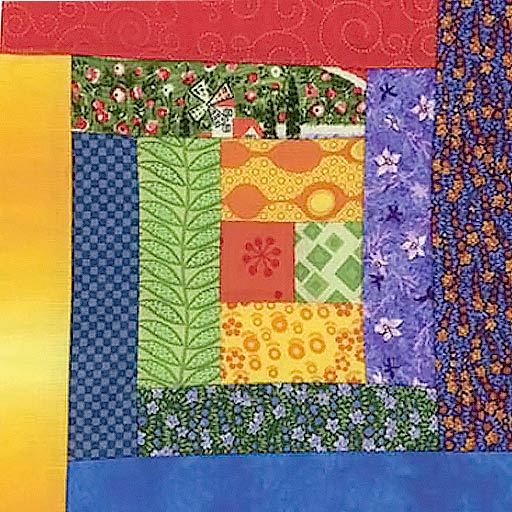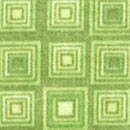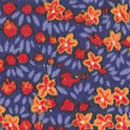Q: Am I mindful that my human interaction with nature be responsible, guided by a reverence for life and the splendor of God’s continuing creation? PYM Faith and Practice, 2002
New York Yearly Meeting ARCH (Aging Resources, Consultation and Help) program staff, in facilitating workshops across New York State, have encountered several Friends and Meeting attenders who are not familiar with the customary form of Quaker funerals in which burial is a private event attended by family and that the Memorial Meeting is held instead of a funeral and scheduled at the convenience of the family. Often the Memorial Meeting is several weeks or months later; also, more than one may be held to accommodate those living at a distance.
Friends might also be surprised to learn that there are practices for caring for one’s body after death that may be more aligned with our belief in right Stewardship of the Environment than the more common burial practices of today.
For example, no state requires embalming and vaults are only used for the convenience of cemeteries because they keep the ground from subsiding, making it easier to mow the grass. This also maintains the fiction that it is “only grass.”
Many Friends chose not to be embalmed on learning that all caskets and vaults eventually leak the embalming chemicals into the ground and hence, into the water table. Some funeral homes will agree to keep the body refrigerated until a brief period of viewing before burial. There are also cemeteries that don’t require vaults. If the cemetery does require a vault there are some vaults that are open on the bottom to allow the natural processes to happen. Friends may be heartened to know of other practices that are respectful to the environment.
Green Burial and Cremation
Alternative practices for caring for the dead are becoming more common and include:
- Green burials with no embalming, no casket, no vault in land reserved for conservation.
- Care of the body at home, sometimes with the help of a “death midwife” who comes to the house to teach and assist the family in preparing the body for viewing at home or elsewhere. Not all states permit this. In states that require funeral directors to be involved in most or all of the steps for preparation and burial, there are some funeral directors who will allow the family to assist or who agree to oversee the family’s preparations.
- Myriad ways to scatter ashes, including reef burials where ashes are used to restore ocean reefs (see websites below; also read Grave Matters by Mark Harris).
- Homemade, inexpensive and/or more environmentally friendly coffins. One can find plans online for coffins, as well as kits, and some businesses that will pre-build the coffin of your choice. We heard a story of a young man who found great peace in building the coffin after his father’s death. The casket does not have to be purchased at the funeral home but can be bought online, at great savings, and the funeral home must accept it.
…when you see the Kob Antelope on the way to the farm,
When you see the Kob antelope on the way to the river—
Leave your arrows in the quiver,
And let the dead depart in peace.
Yoruba Funeral Song
Download this article in pamphlet form
LINKS TO MORE INFORMATION: Click on the blue text below to be directed to outside websites that offer additional information on this topic. Articles from this site will open in the same browser window/tab. Articles from other websites will open in a new window; when you are done, simply click out of that window and you will be back on this site.
More articles on this website:
Advance Directives
End of Life Decision Making and Quaker Testimonies
Grief
Hospice Care
Older Adulthood and Stewardship of the Environment
Other articles/links:
Home Funeral Manual general guide for congregations and committees
Funeral Consumers Alliance with information about regulations in your state
Be a Tree natural burial information
Love to Know death and dying and find information on green burials, regulations, and connections to other sites
Sources/Further Reading:
Ernest Morgan, Dealing Creatively with Death, 2001, Upper Access Inc., Hinesburg, Vermont.
Mark Harris, Grave Matters, 2001, Scribner, New York, NY



